가벼운 내화 벽돌
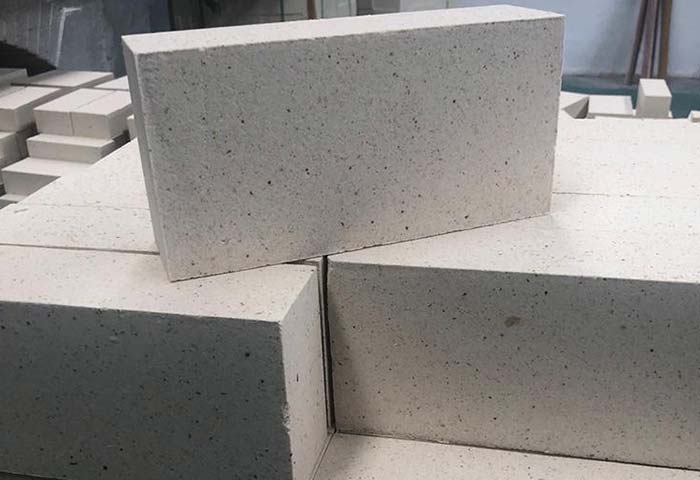
당 경량 벽돌 제조업체 광범위한 경량 내화 벽돌 유형을 제공합니다, 다양한 물리적 및 화학적 사양에서 귀하의 요구를 충족시키기 위해 맞춤화 된 제품뿐만 아니라. 우리는 판매 가격을 최대한 낮게 유지하면서 최상의 품질을 보장합니다.. 우리는 가장 신뢰할 수있는 제조업체 및 신뢰할 수있는 파트너로서 정직과 성실을 믿습니다..
수년에 걸쳐, 우리는 다양한 산업 및 회사에 표준 내화 벽돌과 프로파일 링 된 내화 벽돌을 공급했습니다.. 우리의 서비스 철학은 빠르게 제공하는 것입니다, 모든 고객에 대한 고품질 결과.
당사의 제품은 시간이 지남에 따라 탁월한 성능을 보장하기 위해 엄격한 품질 테스트를받습니다..
내화 당 회사는 큰 재고를 가지고 있습니다 고품질의 경량 내화 벽돌. 가벼운 벽돌에 대한 더 나은 가격은 오늘 저희에게 연락하십시오..
가벼운 내화 벽돌의 종류
가벼운 내화 벽돌을위한 원료는 점토로 분류 될 수 있습니다., 규소, 알류미늄, 및 멀라이트. 가벼운 벽돌은 수많은 모공을 함유하고 있기 때문에 절연됩니다 (닫힌 것과 열린 것 모두). 다공성을 유발하는 방법에는 가연성 물질의 추가가 포함됩니다., 거품, 및 화학 물질.
가벼운 내화성 벽돌 시스템은 내부의 다공성 구조입니다., 고정 블록 단열재 내화 제품의 단열 특성으로, 가벼운 단열재 내화 벽돌이라고도합니다. 사용 된 원료에 따르면, 가벼운 내화성 벽돌은 점토로 나눌 수 있습니다. 규산질. 높은 알루미나. 가벼운 벽돌, 마그네시아와 같은.
경량 단열 내화 벽돌의 사용 온도는 약 900 ~ 2000 ℃입니다..
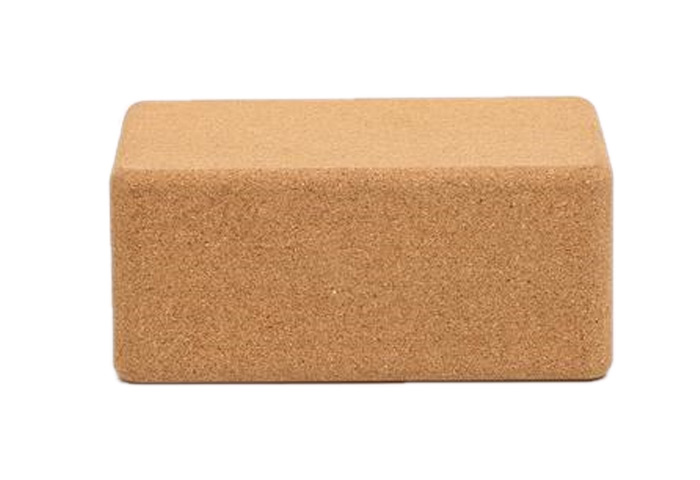
가벼운 점토 단열 벽돌
가벼운 점토 단열 벽돌은 Al2O3 함량의 주요 원료로서, 단열재 내화 제품의 30% ~ 48%로 내화성 점토로 만들어졌다..
생산 공정은 연소 첨가제 방법과 폼 방법을 채택합니다.. 내화성 점토로 만들어졌습니다, 표류 구슬, 원료로서의 내화 점토 클링커, 바인더와 톱밥 추가, 배치로 만들어집니다, 혼입, 조형, 건조, 그리고 발사. 벌크 밀도는 0.31.5g/cm3입니다. 제품. 라이트 점토 단열 벽돌의 생산은 단열 내화 벽돌의 총 생산의 절반 이상을 차지합니다..
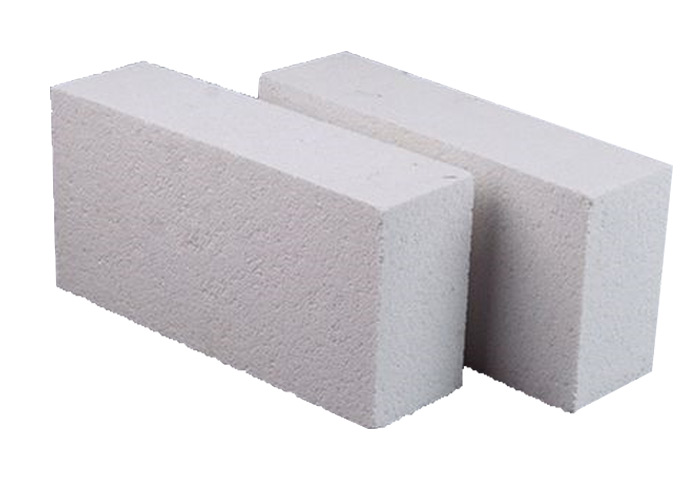
가벼운 알루미나 중공 벽돌
가벼운 알루미나 중공 벽돌은 High Alumina 열 단열 벽돌이라고도합니다.. 알루미나 내용은 위에 있습니다 48%, 주로 Mullite 및 유리 단계 또는 Corundum으로 구성됩니다.. 벌크 밀도는 0.4-1.35g/cm3입니다, 다공성 66%-73%, 1-8mpa의 압축 강도, 세라믹 터널 가마에서 널리 사용됩니다, 롤러 가마, 셔틀 가마, 그리고 벽 가마. 뿐만 아니라 다양한 가열 및 코킹 용광로 및 기타 열 장비 및 강철 산업의 열처리 안감 재료에서도. 등.
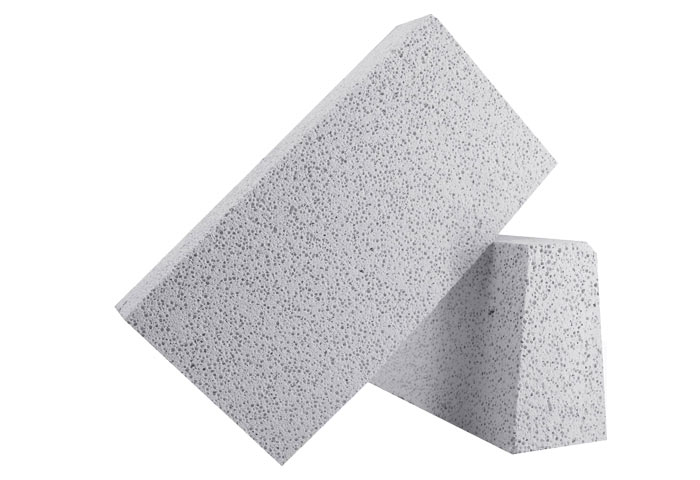
경량 뮬리트 단열 벽돌
경량 뮬리트 벽돌 주요 원료로 수입 된 슬래브 코런덤 및 고순도 전기 연료 Corundum으로 만들어졌습니다.. 최대 1790 ° 이상의 고온 저항.
부하 연화 시작 온도 1600-1700 ℃, 실온 압축 강도 70-260mpa, 좋은 열충격 저항, 고강도, 고온에서 낮은 크리프율, 낮은 확장 계수, 작은 열 계수, 산성 슬래그 침식에 저항성.
고온 용광로 몸의 무게를 크게 줄일 수 있습니다., 구조를 변환하십시오, 재료를 저장하십시오, 에너지를 절약하십시오, 생산 효율성을 향상시킵니다.
전기 가마 단열재에 적합합니다, 다양한 고온 회전 가마, 터널 가마, 아질성 가스 가마, 등.
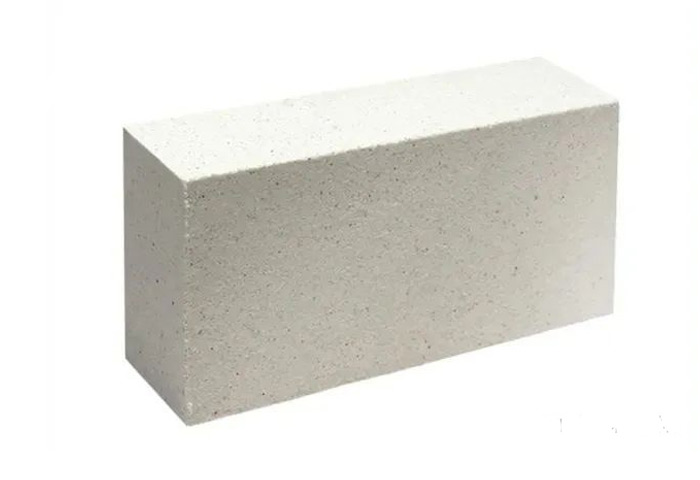
경량 실리카 절연 벽돌
가벼운 실리콘 절연 벽돌은 실리카로 만들어져 SIO2 함량의 주요 원료는 91% 절연 내화물의.
가벼운 실리콘 절연 벽돌 벌크 밀도 0.91.1g/cm3. 열전도율은 일반 실리콘 벽돌의 절반에 불과합니다., 내열성 진동이 양호합니다, 부하 연화는 온도를 시작합니다 1600 ℃, 점토 단열 벽돌보다 훨씬 높습니다.
그러므로, 가장 높은 사용 온도 실리카 절연 벽돌 1550 ℃에 도달 할 수 있습니다. 고온에서 줄어들지 않으며 심지어 약간의 확장이 있습니다..
내화 당으로 생성 된 경량 벽돌의 장점
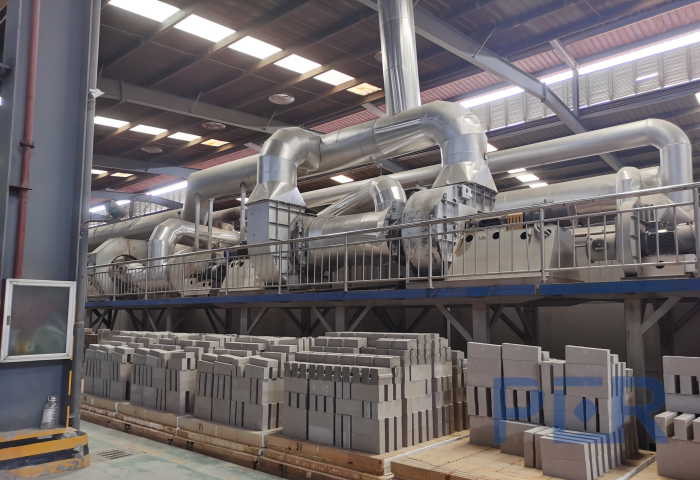
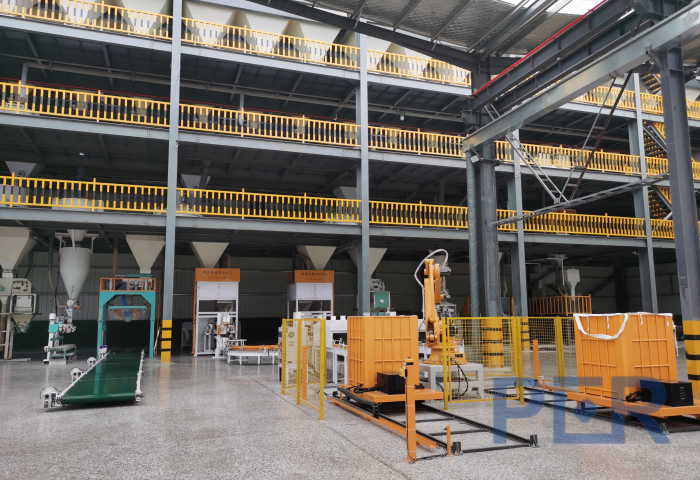
1. 가벼운 중량: 가벼운 벽돌의 가장 중요한 특성은 체중입니다.. 이 벽돌은 기존 벽돌보다 훨씬 가볍습니다, 처리하고 운송하기가 더 쉬워집니다.
2. 열 절연: 가벼운 벽돌에는 열 단열 특성이 우수합니다. 전통적인 벽돌보다 열전도율이 낮습니다, 즉, 건물의 온도를보다 효율적으로 조절할 수 있습니다..
3. 내화성: 많은 가벼운 벽돌은 내화성입니다, 산불이나 다른 유형의 화재가 발생하기 쉬운 지역의 건물에 이상적.
4. 소리 절연: 가벼운 벽돌은 또한 좋은 냄새 흡수를 가지고 있습니다, 시끄러운 지역의 건물에 탁월한 선택을.
5. 환경 친화적: 많은 가벼운 벽돌은 재활용 재료로 만들어집니다, 환경 친화적 인 선택이됩니다.
6. 비용 효율적입니다: 경량 벽돌은 일반적으로 전통적인 벽돌보다 저렴합니다, 건설 프로젝트를위한 비용 효율적인 선택으로 만듭니다.
내화 당 내화 된 화재 벽돌의 전문 제조업체입니다.. 우리가 생산하는 가벼운 벽돌은 다양한 이점을 제공합니다., 그들의 체중을 포함하여, 열 성능, 내화성, 건전한 단열 및 비용 효율성. 경량 벽돌을 제조하는 데 사용되는 다양한 재료 때문에, 건축업자는 특정 요구를 충족시키는 자료를 선택할 수 있습니다.
가벼운 벽돌의 생산 방법
가벼운 열 감동 벽돌의 열 단열의 이유는 화재 방향 벽돌에 많은 모공이 포함되어 있기 때문입니다. (닫히고 열린 모공). 다공성을 일으키는 방법, 즉.
가벼운 벽돌의 생산 방법
1. 가연성 재료 추가. 진흙에 적절한 양의 연소 첨가제를 추가하십시오., 톱밥과 같은. 숯 가루. 갈탄 또는 이탄 코크스 파우더. 석유 코크 파우더. 호두 껍질, 등. 내화성 벽돌이 발사되어 모공을 형성하면 접근이 불에 타 버립니다.. 접근이 불에 타면, 재가 적어야합니다.
2. 폼 방법. 진흙에 거품제를 추가하십시오, 진흙이 거품을 생성하도록합니다. 형성된 기포를 안정화시키기 위해 고정제를 추가합니다..
3. 화학적 방법. 탄산염과 산을 첨가하십시오, 가성 알칼리, 알류미늄, 또는 진흙에 금속과 산. 가스는 화학 반응에 의해 생성되어 제품이 공기 구멍을 얻도록합니다..
PER 내화물 회사 소개
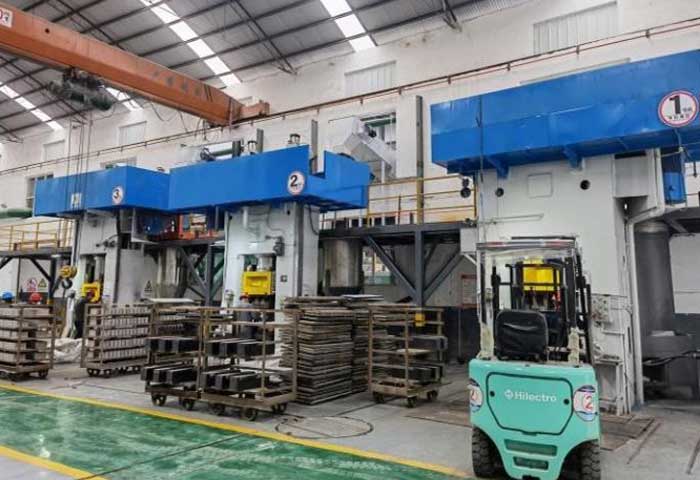
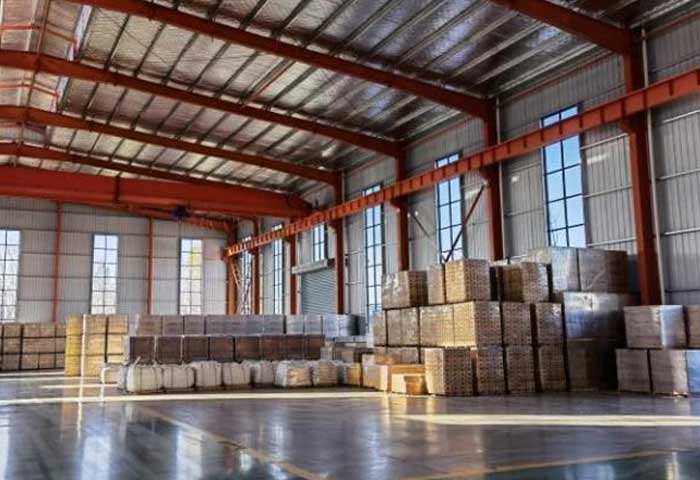
PER 내화물 회사 신미시에 위치, 허난성, 중국 내화물의 고향. 저희 회사는 R을 접목한 기술 기반의 내화물 기업입니다.&디, 생산, 매상, 및 기술 서비스. 국토의 풍부한 자원과 우수한 품질은 내화재 생산에 비할 데 없이 우수한 조건을 제공합니다.. 당사의 주요 제품은 내화 점토 벽돌입니다., 높은 반토 다루기 힘든 벽돌, 다루기 힘든 실리카 벽돌, 마그네슘 다루기 힘든 벽돌, 멀라이트 벽돌, 단열벽돌, 기타 고온에 강한 제품.
PER은 가장 중요한 것을 고려합니다, 우리는 모든 제품을 진지하게 받아들이고 모든 고객을 진심으로 받아들인다고 믿습니다.. 모든 고객에게 빠르고 고품질의 결과를 제공합니다.. PER Refractories는 여러분의 가장 믿음직한 내화물 제조사이자 믿음직한 파트너가 되겠습니다..
회사소개 PER 내화물은 그린의 생산기지입니다., 에너지 절약, 친환경 신내화물. 우리 회사는 ISO9001을 통과했습니다.:2008 국제 품질 시스템 인증 및 GB/T24001-2004 / ISO14001:2004 환경 경영 시스템 인증, 기업품질 검사기관 인증. 우리의 제품은 이상에서 잘 판매됩니다 20 전 세계 국가. 그들은 야금술을 위한 선호하는 내화 제품입니다, 비철, 석유화학, 유리, 세라믹, 및 기타 내화물 산업.
